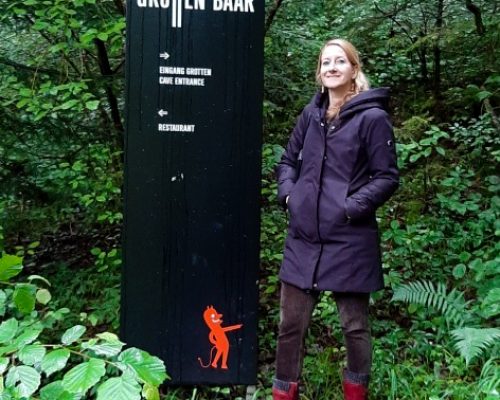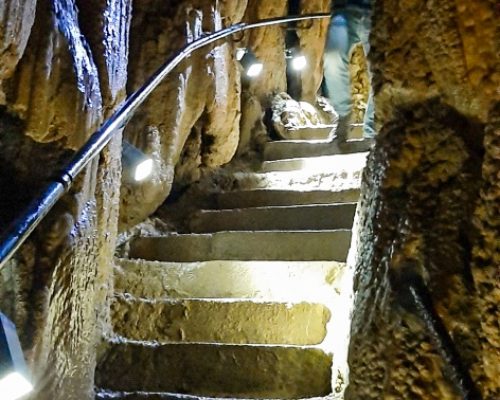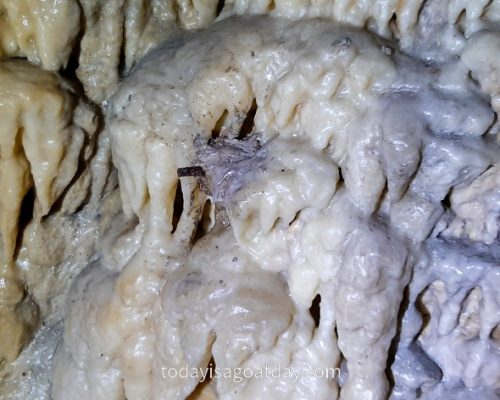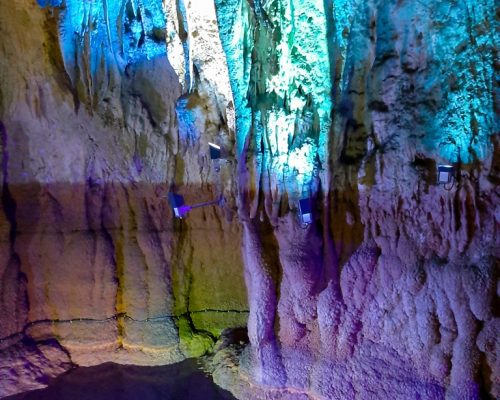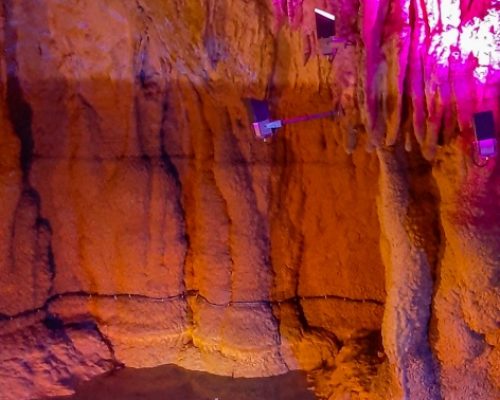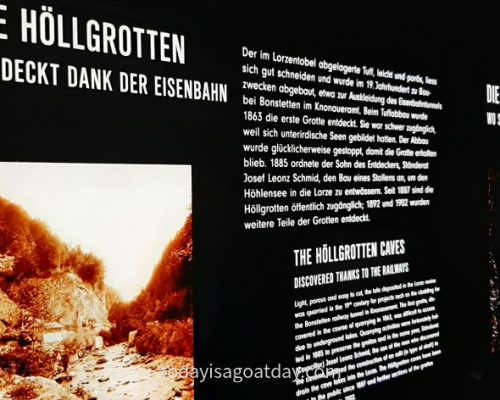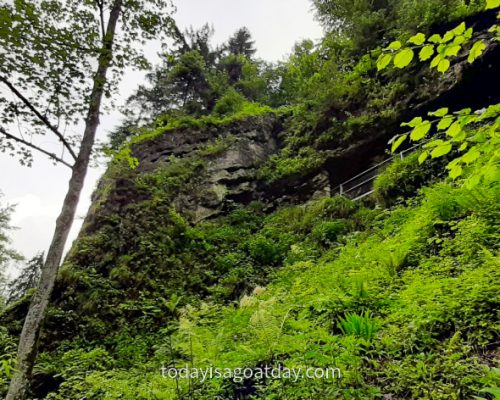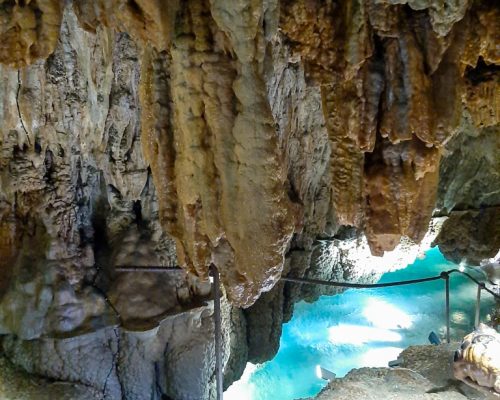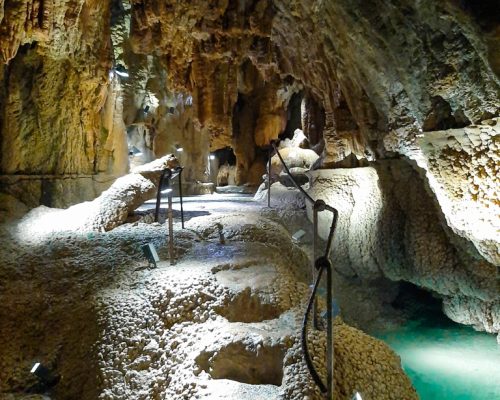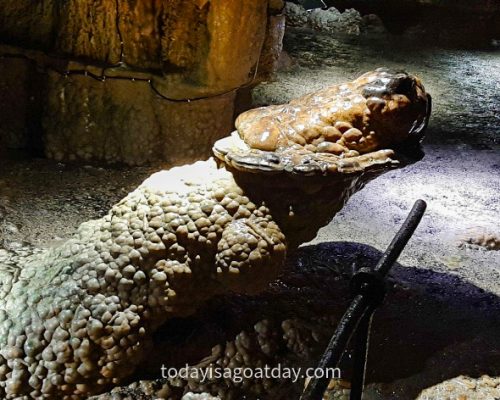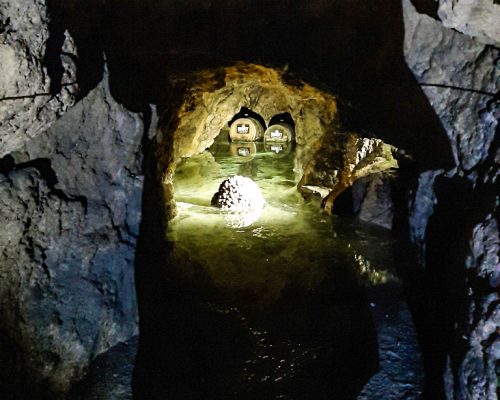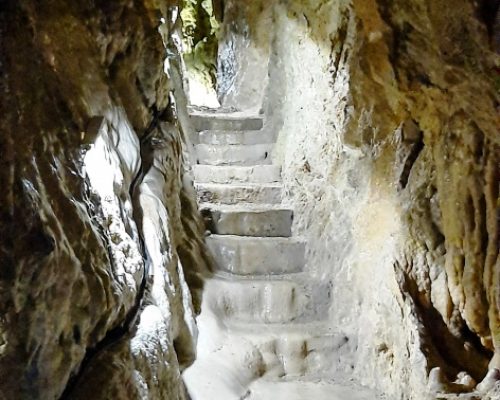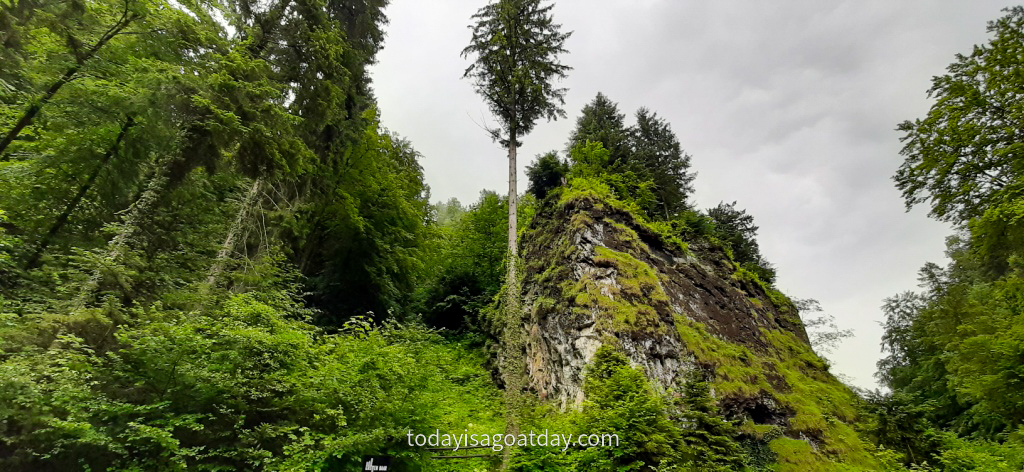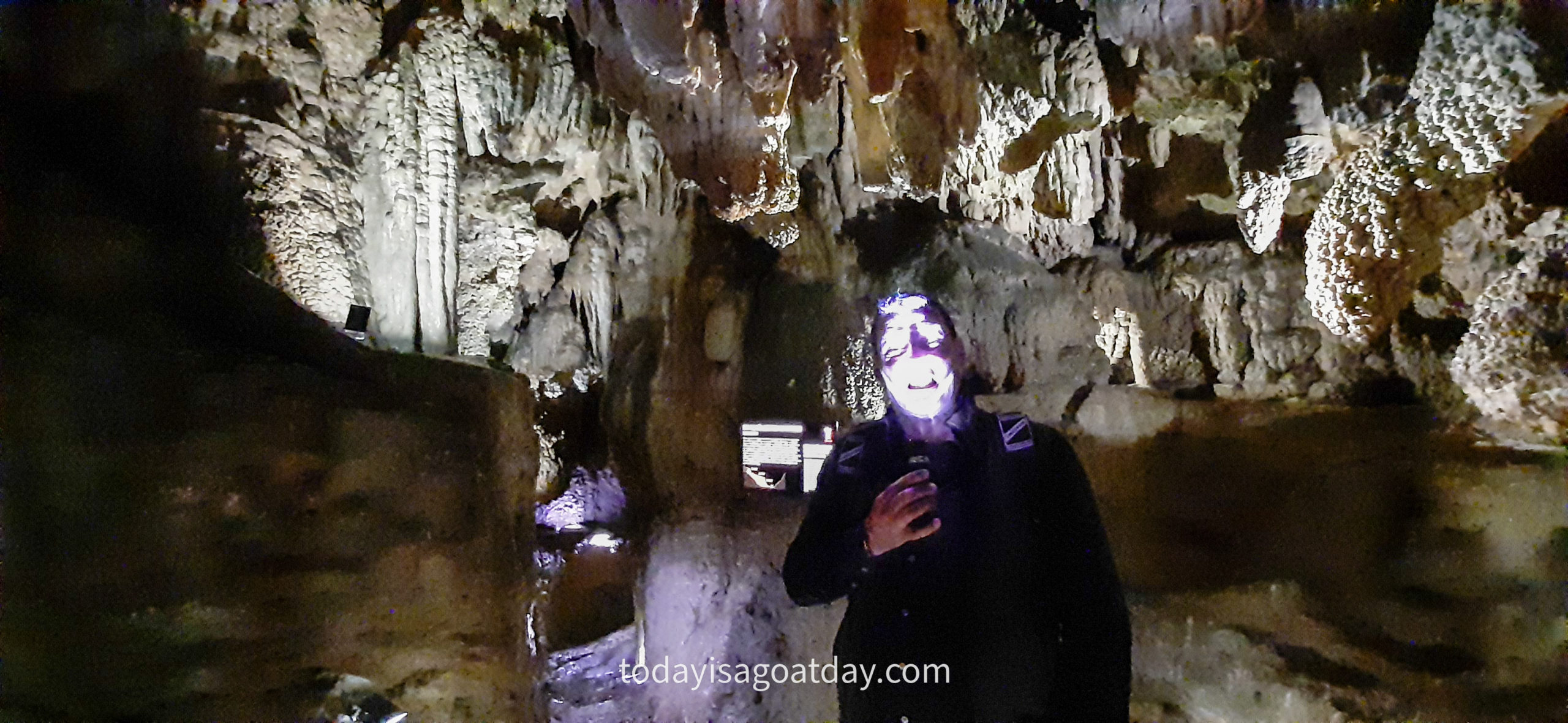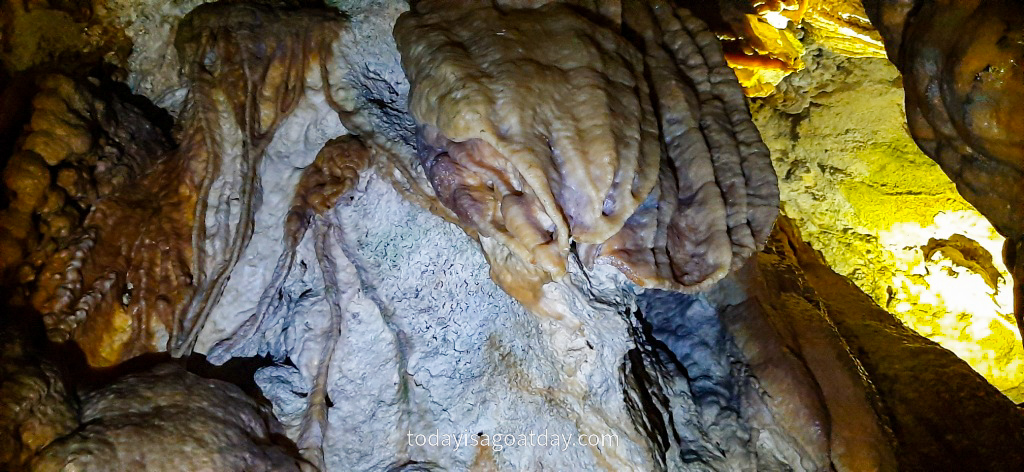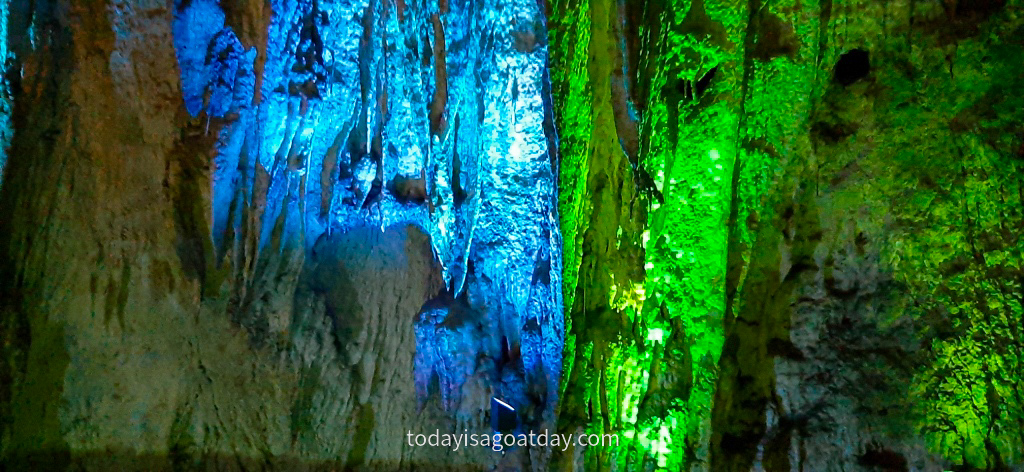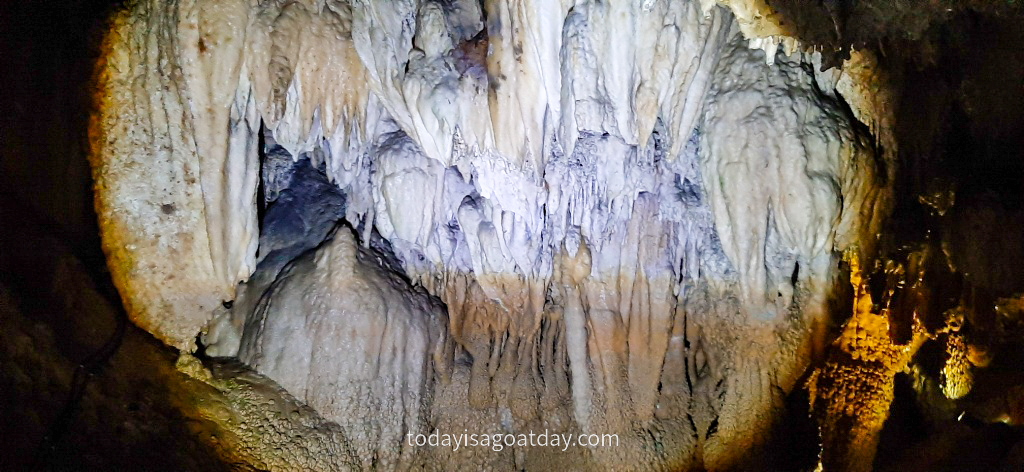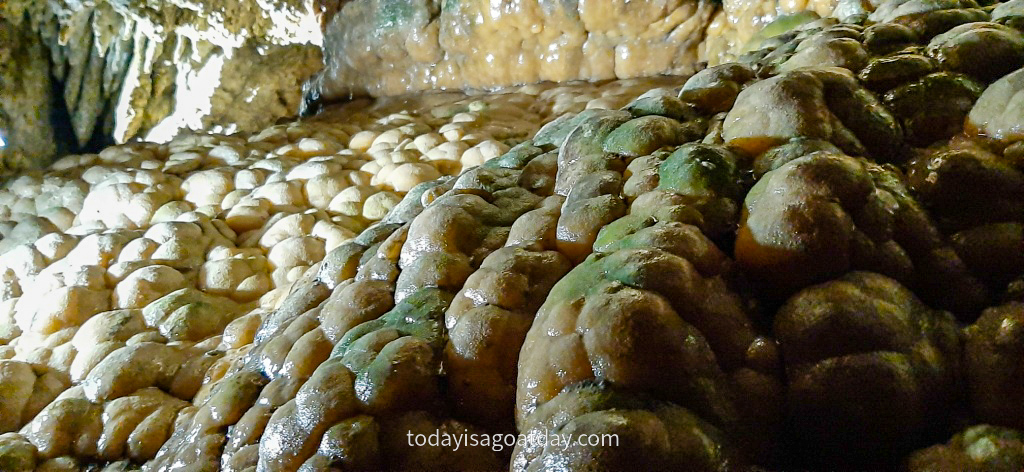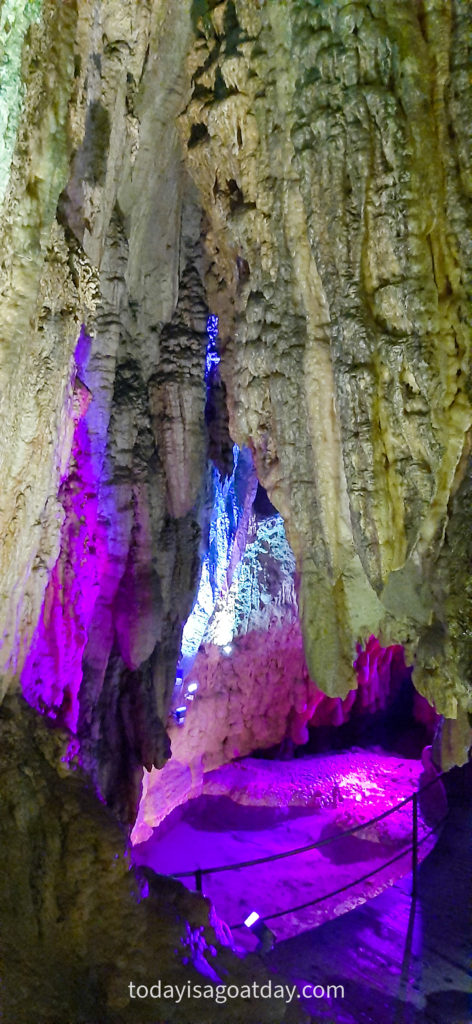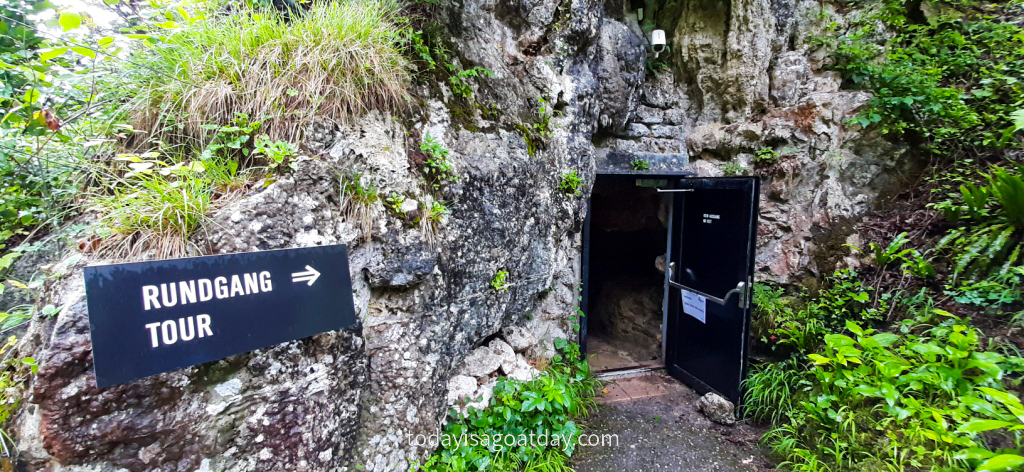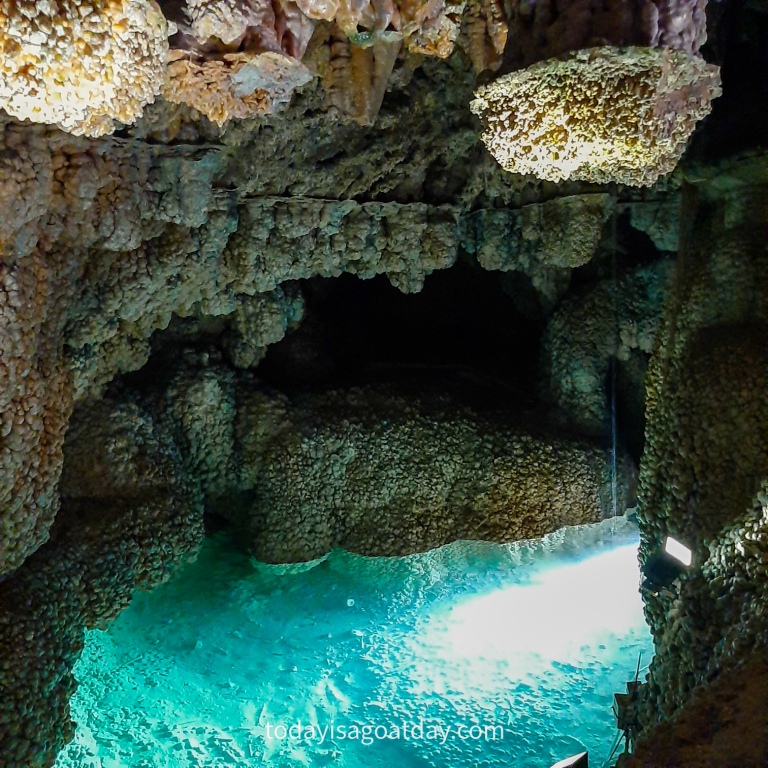Top sight in canton Zug Enchanting “Höllgrotten” caves in Baar
19|06|2020
Top sight in canton Zug | Enchanting “Höllgrotten” caves in Baar
Magic castles underground | Top sight in canton Zug | Fascinating. Unique. Enchanting.
The Facts:
Starting Point | Lorzendamm 28, 6340 Baar, from here continue to follow the road through the forest for 3km
Finishing Point | as above – round trek
Movement Duration | roughly 1 hour
Track Length | 3.39 km
Ascent | 66 m | Descent |66 m
Technique | easy |Stamina | easy
Family-friendly? Yes
Wheelchair accessible? no
Refreshment | WC stop? Yes
Signage | provided
Check out the “Höllgrotten” in Baar, canton Zug and discover the fairylike dripstone caverns!!! Small lakes, stalactites and stalagmites form this underground magic realm. It is definitely a top sight in canton Zug and worth exploring! This is one of our “Quickie” Hikes, called “Hikie”, a 45-minute-walk, short and sweet.
A rainy afternoon and a great idea
It was one of those days. The weather was greyish and gloomy. Fine rain and thick clouds contributed to an overall coldish uncomfortable atmosphere. An ideal day to stay at home, with a good book, a fluffy blanket and large cup of hot coffee.
On the other hand, I was thinking, this could also be the ideal moment to go underground!
Since the day was already wet and dreary, why not explore the hidden treasures of a unique cavern network? Firstly, this certainly is a place where sunshine does not matter. Secondly, the temperature inside the caves is constantly around 10 degrees and therefore quite appropriate for today´s attire. Finally, we were certain that the dripping from the ceiling would mirror the atmosphere outside. In conclusion, this was the ideal day to check out the “Höllgrotten” caverns in Baar, canton Zug.
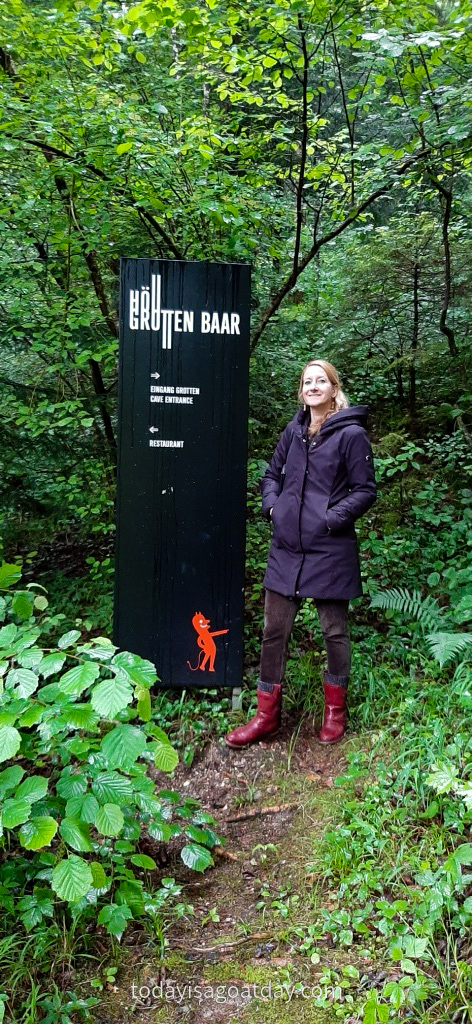 Is this really a top sight in canton Zug?
Is this really a top sight in canton Zug?
After checking out the website and a few pictures on the internet we jumped into the car, ready for the next adventure! Is this really a top sight in canton Zug? We were about to find out.
Good to know
- The caves are easily accessible by car from the city called Baar and free parking spaces are available onsite
- You can also reach the caves by bike or by train in combination with an hour-long walk from the train station. Buses are also available and they drop you off even closer to the caves.
- You can walk through the “Höllgrotten” at your own pace. The walk will take you approximately 45 minutes depending on how long you spend appreciating the different caverns.
- Informative boards as well as an audio guide are also available.
- The temperature is constantly kept at ten degrees. After all you end up in a dripstone cave, hence rainproof clothing and closed shoes are recommended.
Let the fun begin
After having bought the tickets we followed a path up through the forest until we arrived at the cavern´s entrance. Let the fun begin! One of us brought a torch for better visibility or for getting spooky.
What are the “Höllgrotten”?
The “Höllgrotten” are a network of dripstone caves. They are located in an area called “Lorzentobel”, near Baar in the canton of Zug.
There are, in fact, two groups of caves – the upper caves and the lower caves. These are connected with an artificial stud. The caverns enchant you with small underground lakes, mystical stalactites, stalagmites and stalagnates in various LED illuminated colours. We will learn a little more about those technical words later. But don`t worry, just a little.
What is really cool, is the fact, that each cave displays its own picture. In the root grotto, you can see incrusted tree roots, to give you an example.
Of fairy grottos and enchanted castles
These different grottos have been named not only in a suitable way, but also in an imaginative one.
On the upper part, we found the “root”, “shaggy” and “fairy-tale” grotto as well as the magic castle. On the lower part, we discovered the “sea”, “sky” and “fable” grotto, the coral gorge and finally the fairy grotto. Creative. Unique. Cool! We were officially enchanted!!
We walked from grotto to grotto, admiring the extraordinary dripstone formations and taking in the special atmosphere. Höllgrotten, you rock!
It goes without saying that we took a number of pictures, despite the challenging lighting conditions for our mobile phones.
What we saw, however, was truly different and 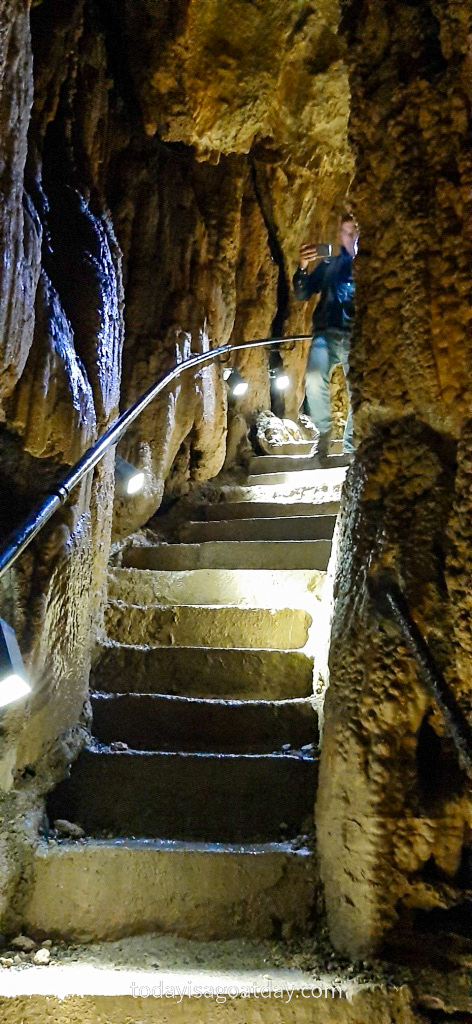 unique. We congratulated ourselves to a well-chosen “rainy-day-activity”!
unique. We congratulated ourselves to a well-chosen “rainy-day-activity”!
Where “the hell” does the name come from?
The locals have always called the area “Höll”. “Höll” originally derived from the German word “hell”, meaning bright. This referred to a forest clearing in the “Lorzentobel” area.
Gradually, however, “Höll” turned towards its current meaning “Hölle” (the German word for “hell”). The remote and rather dark location of this region contributed to this development.
When in 1963 the grottos were discovered it was totally clear that demonic forces must surely have been at work here.
At the view of some of the stalactite and stalagmite formations, people thought of magical powers.
In all fairness, having strolled through the caverns, we could not blame those people. Get an idea below of what made people wonder who, after all, was the maker of these creations…spooky!!
A UNIQUE sight
Whilst other caves took millions of years to be created, the “Höllgrotten” were built in the relatively “short” period of around 3000 years. This makes them unique in the world! This fact surely contributes to the “top sight in Zug” statement!
Magical powers or natural events?
So, did the magical powers interfere after all? No, the short answer would be: The caves have formed from calcareous sources. I will spare you the long answer. Trying to explain this, in my opinion, rather complex topic, could fill a few pages. In addition, it would definitively test my nerves, as I would not call this topic “my specialty”.
I will, however, point you in the right direction, if you are interested in more details. The “Höllgrotten” website provides excellent information with accompanying images. The document of the cave´s history, however, is in German, but can easily be translated with the help of google. As always, with a little bit of research you can easily improve your cave-building-knowledge via numerous sources on the internet. Let`s clarify, however, some basics.
Cavern vocabulary for beginners
- A stalactite is a type of formation that hangs from the ceiling of a cave (the word originates from the Greek word “stalasso” meaning “to drip” – Ah, dripstone cave! The penny just dropped!!
- A stalagmite, on the other hand, is an upward growing type of formation
- Lastly, a stalagnate is formed when a stalactite and a stalagmite meet. Or else, when a stalactite reaches the floor, or stalagmite reaches the ceiling. Wow, I think this is enough for our beginner´s cavern vocabulary!
Our cave highlight | The magic castle
Back in the caverns we explored, grotto after grotto and stalactite after stalagmite. Our personal highlight was the magic castle.
The underground lake, along with the dripstone formation is already an extraordinary sight. The LED lighting, however, plus mystical sounds complete the supernatural ambience. Magnificent!
Shortly after we reached the end of the upper caverns. From there you follow a short walk outside down to the lower caverns.
A turquoise lake, a giant turtle and a lucky crocodile
The entrance to the lower caverns is simply magical.
A turquoise underground lake welcomes you.
More peculiar formations, a hidden whiskey store and even unexpected animals will surprise you. Keep watching out for a giant turtle or crocodile emerging from the cavern lake.
According to the legend, you will get lucky, after you touch the crocodile. But please, be careful!
We completed the tour and unquestionably agreed that the “Höllgrotten” can be called a top sight in Zug. Combine the visit with a hike in the Lorzentobel area et voilà, you got yourselves a great half-day excursion!
Back at our car, we took a long breath in and a full breath out. What an enchanting day!

